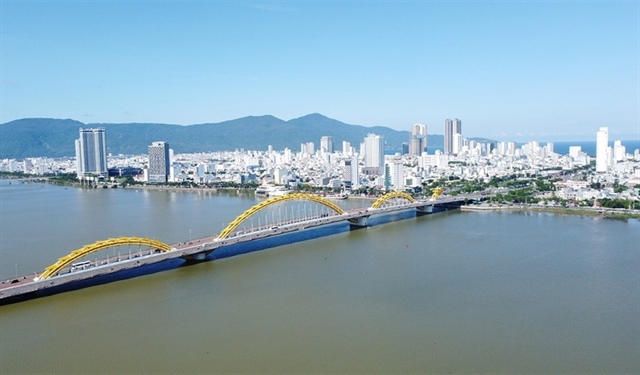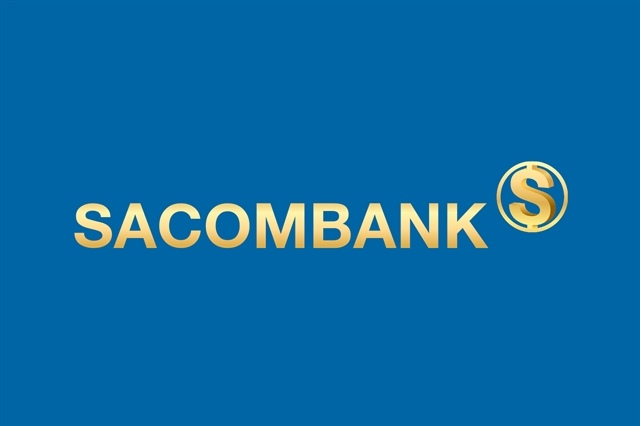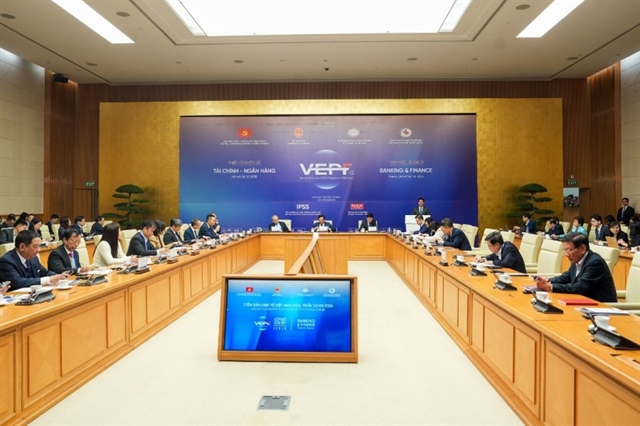How to deal with state owned banks’ bad debts?
How to deal with state owned banks’ bad debts?
Big state owned commercial banks, with powerful financial capability and their big scale, are believed to get involved in the enterprises’ debt restructuring process. However, the banks themselves would meet big difficulties in dealing with their bad debts if there is no reasonable mechanism for the process.
The bad debts would be handled in different ways. They may be sold to the Ministry of Finance’s Debt and Asset Trading Corporation (DATC), or offset by the banks’ provisioning.
Especially, the State may consider clear the debts from irrecoverable loans commercial banks provided per the government’s instruction. Besides, debts would also be sold to non-credit institutions, private debt trading companies or commercial banks’ debt trading subsidiaries.
Five state owned banks owing 45 trillion dong
The financial reports released by four state owned banks (the banks where the State holds controlling stakes) showed that their total bad debts have climbed to 45,249 billion dong. By the end of the first quarter of 2012, the bad debts at three banks, namely BIDV, Vietinbank and Vietcombank had reached 9005 billion dong, 5276 billion dong and 5968 billion dong, respectively.
Meanwhile, Agribank’s bad debts are much bigger. By the end of the second quarter of 2011, the bank’s bad debt ratio had made up six percent of the total outstanding loans of 428 trillion dong, at 25 trillion dong. The 2011 annual report of MHB showed that by December 31, 2011, the bad debt ratio had been 2.31 percent of the total outstanding loans of 22,954 billion dong, at 530 billion dong.
The total sum of money provisioned against the risks of the four banks is 31,523 billion dong, including 15,300 billion dong of Agribank, 5879 billion dong at BIDV, 4318 billion dong at Vietinbank, 5954 billion dong at Vietcombank, while MHB’s provisioned sum of money is 70 billion dong only. As such, the provisioning would help banks settle 70 percent of the bad debts at maximum.
While Vietcombank has provisioned for nearly 100 percent of bad debts, Vietinbank 81 percent, the proportions are just 61 percent and 65 percent for Agribank and BIDV respectively.
Which mechanism for state owned banks
Experts said that in other countries, in an effort to settle the bad debt crisis caused by commercial banks, the governments would nationalize private banks and then impose strict control over banks’ operation. However, in this case, the Vietnamese banks’ owner is the State, which means that the mechanism would not be feasible.
Analysts believe that the biggest problem for Agribank and MHB is to settle bad debts and that state owned banks have to disburse money as requested by the government in the implementation of the national key development programs. Therefore, it is now impossible to force commercial banks to handle with debts in accordance with the market rules. In these cases, the State would have to set up a specific support mechanism, possibly to forgive the banks’ debts.
As for the other three, including Veitcombank, BIDV and Vietinbank, they are also facing big challenges, when the bad debts have been increasing sharply since the beginning of the year. Vietcombank, for example, has reported the bad debt ratio increasing from 2.03 percent at the end of 2011 to 2.87 percent by the end of the first quarter of 2012.
vietnamnet
























